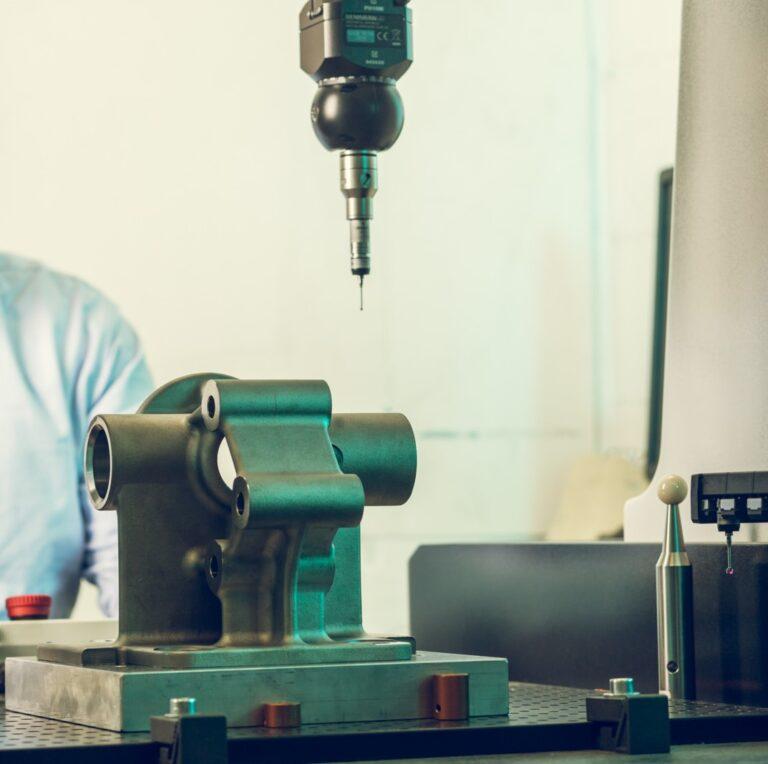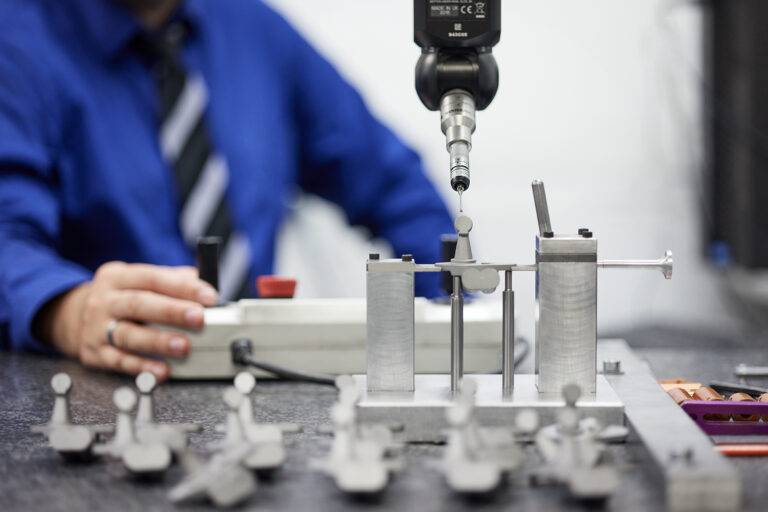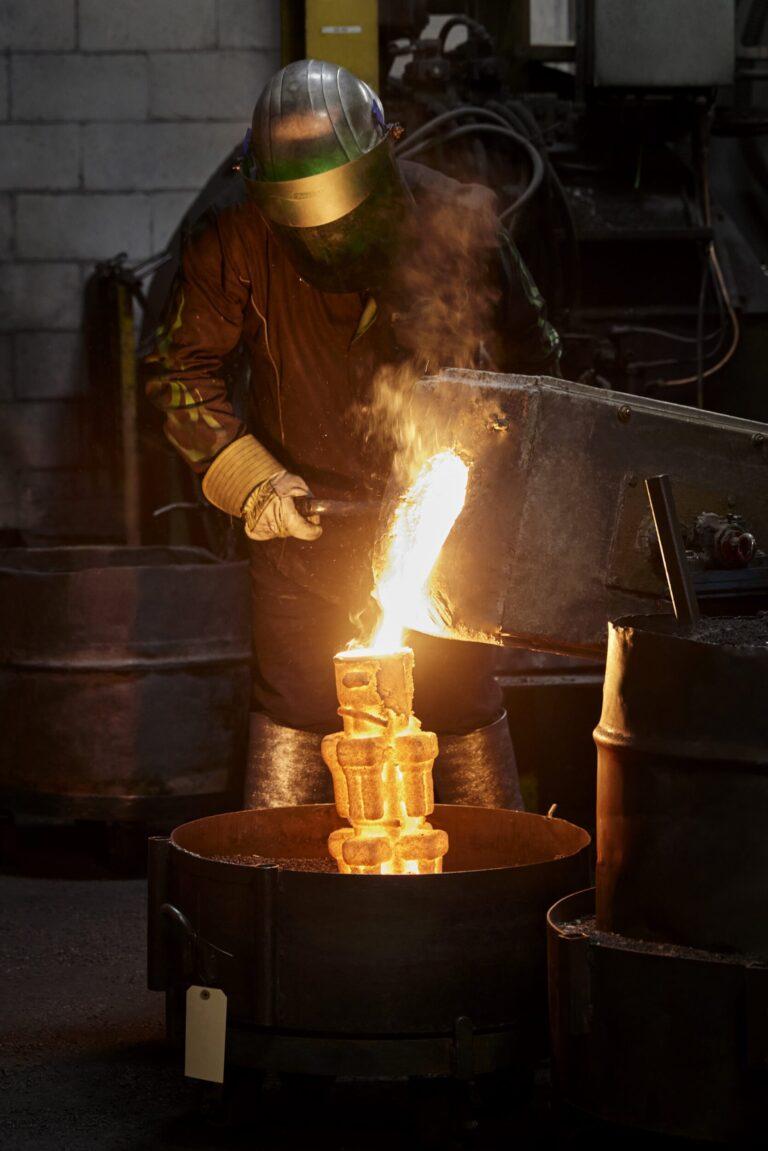When you need a new metal part cast and manufactured precision foundry (investment casting) specialists must validate 5 essential criteria before accepting your order:
- Metal alloy required
- Size and weight capacity
- Complexity
- Number of parts to be produced
- Requested delivery date
If the above match the feasibility analysis requirements, you can get a precise quote to execute your project and an estimate of the production and delivery date.
1. Metal alloys used in investment casting
Both ferrous and non-ferrous metal alloys can usually be used in investment casting.
- Cast iron and various types of steel, etc.
- Aluminum, titanium, copper, nickel and cobalt, etc.
Keep in mind that experts in this field can suggest equivalents when the requested alloy is not used in the foundry. However, there are some exceptions. In such cases, it’s possible to make different recommendations and sometimes even indicate the appropriateness of another type of casting, such as sand casting.
2. Precision foundry capacity: size, weight, dimensions
Investment casting’s strength lies primarily in the complexity and detail of the metal parts it can produce. For this reason, it is preferred by innovative or high-tech industries, such as defence, nuclear, telecommunications and medical industries.
While this process has its limitations with regards to the size of metal alloy parts, Vestshell is capable of producing pieces weighing between 100 and 150 pounds, but can also make tiny parts weighing less than an ounce.
Therefore, other foundries or techniques must be used for larger parts.
3. Precision foundry casting complexity, detail and finish
The precision foundry name is not a coincidence. Investment casting produces parts with finishes that meet the highest quality standards and highest standards of precision.
Accordingly, the sophistication and detail required for your parts are limited only by the expertise and equipment of investment casting. At Vestshell, we’ve adapted our processes to exceed E.N.D. testing standards and tolerances to control quality at every step of the manufacturing process.
4. The number of metal parts to be produced
Investment casting is probably the best method for creating a new single prototype as well as mass-producing the same metal alloy part.
When in mass-production mode, since the wax mould is reusable, any subsequent production becomes more cost-effective. Furthermore, each part iteration is as flawless as the last, and the results require little or no subsequent machining.
5. How long does it take to produce and deliver steel and other metal investment casting parts
The final consideration in the feasibility analysis to produce one or more metal parts is the time required. This criterion is dependent on all the other criteria: the number of parts, complexity, size and metal used.
Obviously, a new part, which requires the manufacture of design tools and dies, requires more time than an existing part.
However, bear in mind that due to standards, a part that has not been manufactured for more than two years must undergo another feasibility analysis. Thereafter, changes may need to be made.
As for the production of a prototype, a more elaborate process may be required. The delivery lead time for the first production parts can be as long can be as long as several months. As a result, it’s best to discuss production feasibility with an expert at the start of your project.
What happens when the feasibility analysis fails?
At Vestshell, before we inform you that a part creation project isn’t feasible, we make sure we’ve taken steps to find alternatives or other equally advantageous solutions.
We’ll let you know what we’re doing, the specific reasons why we can’t execute your project, and what alternatives we suggest, if any.
This doesn’t mean we can’t carry out future mandates; quite the contrary. This opportunity to exchange ideas will allow us to understand your current and future needs better, and in turn, help you to learn about the many possibilities Vestshell offers.
At Vestshell, the door is always open to discuss your projects.
Similar articles



The difference between investment casting and sand casting
Should you choose investment casting or sand casting? It depends on the size of the part, metal used, complexity, quantity and delivery time.
